As the sun baked the desert plains of Arizona in the 1880s, a feud was simmering in the frontier towns that dotted the landscape. Cattle herders and prospectors scratched out a living in the unforgiving climate, but tensions were rising between those who followed the rules and those who made their own.
In the silver-rich mining settlement of Tombstone, brothers Virgil, Morgan, and Wyatt Earp kept the precarious peace as marshals, enforcing the laws that brought order to this chaotic corner of the Wild West. But their authority was continually challenged by a group who rejected civilization’s constraints—the so-called Cowboys, bandits, and rustlers led by the notorious Ike Clanton.
This six-part miniseries aims to transport us back to the origins of their bloody conflict. Narrated by veteran actor Ed Harris with his gravelly intonations, Wyatt Earp and the Cowboy War reconstructs the events that lit the fuse of their storied feud. We begin with the smoking guns of the infamous 1881 shootout at the O.K. Corral, one of the most famous clashes in frontier history.
But this is only the climactic eruption of tensions that had been simmering for months beforehand. Through scripted reenactments and interviews with historians, the show traces the acts of violence, double-dealing, and shifting allegiances that brought these legendary adversaries to that fateful showdown in Tombstone. Their saga tells us as much about American society at the close of the Wild West as it does about law and lawlessness on the frontier.
The Winding Road to Ruin
This gripping miniseries takes us from the sparks that lit the flames of vengeance all the way to the fiery climax of a lawman’s war against outlaws. Over six captivating episodes, we’re guided through the events that entangled Wyatt Earp and Ike Clanton in their bitter blood feud.
It begins with a robbery gone wrong, a stagecoach heist leaving two men dead. Earp takes the case and soon discovers the bandits bear the mark of Clanton’s Cowboys. This first confrontation sets the rivals on a collision course.
Next we see fortunes change fast as a reward brings an uneasy alliance. But broken promises breed deeper mistrust between the sides. Drinks are shared, then fists, landing Doc Holliday in the cells on twisted charges. Revenge is brewing as secrets threaten to surface.
The sparks ignite when threats escalate at the O.K. Corral. What begins as an attempt at peaceful parley ends in a blaze of gunfire, leaving lives lost on both sides. The war is now out in the open as Clanton rallies opposition to brand the lawmen outlaws.
Charges are pressed as Clanton digs up dirt on the earps. But a surprise witness saves them from the gallows in a twist. Though free, the bad blood keeps boiling over. And in the darkness, private acts of vengeance are carried out, sealing the men as mortal enemies.
As loved ones fall, Earp resolves to meet violence with violence. He goes rogue to hunt down his nemesis during the deadly Vendetta Ride. The feud now enmeshes the Earps and Cowboys in the power struggles of a nation divided.
In the electric finale, the fates of these legendary figures are at last decided, though their legend had only just begun. Such is the epic story this show recounts from the first shots to the last in this unforgettable saga.
Beyond the Badge and Bandanna
In the scenes of dust and gunsmoke, two men stand out above the rest—mortal enemies whose rivalry would define the Wild West in the popular imagination. But peel back the myth, and this miniseries reveals the men beneath the fabled façades.
Take Wyatt Earp, so often portrayed as a white-hatted do-gooder. Here, he’s no lawman simply following the letter of the badge. There’s subtler shades to his sense of justice, from the questionable slugging of suspects to making uneasy alliances. Yet for all his dubious methods, you see where his passion for order comes from—a desire to forge civilization from chaos.
Then there’s Ike Clanton, the leader left nameless in many a Hollywood telling. This show illuminates what drove him to banditry, from early successes lifting stray cattle to the outlaw clan he came to command. Despite his criminal lifestyle, you grasp why such folk held sway on the frontier and recognize shreds of humanity in an “antagonist” far more complex than most.
Their exchanges, from fraught parleys to fiery face-offs, feel authentic too—brief yet compelling glimpses of two strong-willed figures forced into inevitable conflict by the changing world around them. Through it all, each believes himself defending something, be it law or an old way of life, even as both embrace morally ambiguous means.
In painting such rounded portraits, the series brings these historical titans back down to earth as multidimensional men, neither saint nor sinner but products of their harsh environment with equal parts vice and virtue. Its nuanced crafting of Earp and Clanton reminds us that history’s heavies were humans too, and that the baddest of blood feuds likely had more shades of grey than black and white.
Getting the Details Right
When dramatizing real events from the past, accuracy is key for separating quality from Hollywood hogwash. In retelling the Earp-Clanton saga, this series admirably does its homework on history.
Each recreated setting feels meticulously researched. The dusty streets of Tombstone spring to life, transporting you to the boomtown’s gold rush heyday. Saloons and shops buzz as they did in the 1880s. You believe you’re really standing at the OK Corral, pre-gunfight, thanks to the production’s eye for period detail.
And the costumes? It’s clear much care went into honoring the fashions of the American frontier. The clothing worn by Earp, Clanton, and their associates immerses you fully in the era, whether ruffled shirts or snakeskin neckerchiefs. It’s these little touches that amplify the sense you’re watching real people, not just characters.
Events play out in a similarly believable manner. The show goes to lengths examining historical records and first accounts, from robberies to courtroom intrigues. You feel confident in the linear progression of causes and consequences presented across episodes.
Admittedly, some minor quibbles could be made. A few anachronistic songs poke through the era-appropriate soundtrack. And perhaps scenes are condensed or reordered for clarity—a risk of dramatizing multifaceted history.
In the grand scheme though, the masters of historical data have clearly earned their keep here. This series sets a high watermark for blending factual rigor with entertainment value. The passion poured into authenticity is a big part of making its story of the American frontier so compelling.
Overall, it gets top marks for dedication to historical detail—the lifeblood of any quality period production. Fans of true-life westerns are bound to appreciate this respect for the rich reality behind the legend.
Bringing the Past to Life
This series proves that epic history doesn’t need a Hollywood budget to feel spectacular. Against the gritty frontier backdrop, the reenactment scenes absolutely shine.
They suck you in from the start, as gunslingers and lawmen stride like gods across the prairie. Each place feels alive, from the bustling streets of Tombstone down to the creaking wood interiors. You’re right there beside the characters in each sweltering standoff.
It helps that the directors clearly knew which angles made an Old West dust-up dramatic as all get-out. Dust billows in close-ups while bullets whiz, keeping tension high as the shootouts unfold. Editing ratchets it up too, cutting between reactions for that classic Western vibe.
Special praise goes to the costume and set design gang. They fill each scene with realistic tiny touches, from prairie dresses and cowboy boots to the weathered saloon where it all went down. It’s easy to picture real people in another place and time.
Admittedly, some anachronistic music pulls you right out of the 1880s. But the rare misstep hardly diminishes the authenticity of how these frontier talents brought history to life before our eyes. Their passion uplifts dusty legends from the page to somewhere we can glimpse our vivid reflections.
For me, these reenactments are the real prize of the piece. They honor the past with their commitment to letting real stories shine, not sensationalizing myths. In that spirit, this may be the Western way.
Beyond the Badge and Brand
Under the dust and gunsmoke of this story’s frontier setting lay timely questions about societal change that still echo today. Namely, it explores the shifting boundaries between law and lawlessness as a young nation came of age.
We see this playing out in the evolving conflict between Wyatt Earp and Ike Clanton, who increasingly come to represent opposing visions for the future. Earp stands staunch for structure and order, while Clanton battles to preserve old customs against modernity’s unrelenting march.
Their blood feud also acted as a microcosm for larger divides in American society. To some, the Cowboys symbolized personal liberty and individualism over government oversight. But to others, their wild ways threatened economic progress and stability.
The miniseries presents these themes without taking sides, humanizing both perspectives. And through its nuanced lens, familiar figures become more multifaceted than their myths allow. We glimpse the complexity underneath iconic labels of “hero” and “villain.”
More than just dramatizing shootouts, the show re-contextualizes this period as one of turbulent transition. It was a time when the rules were being rewritten as the country hurtled toward the next century.
In doing so, Wyatt Earp and the Cowboy War crafts a timely reminder that few events in history are as simplistic as their legend suggests. Progress often advances amid messy shades of gray, not black and white alone.
Beyond the Legend
This series has shown there’s more to the Earp-Clanton saga than what passed into lore. It breathed fresh life into old tales that have entertained audiences for decades. Through vivid storytelling and dedication to historical detail, this miniseries reminded us that truth is often richer—and people more complex—than any shiny myth.
From start to finish, Wyatt Earp and the Cowboy War kept you riveted with its interwoven themes of a transforming nation, justice versus vengeance, and the blurry lines between heroism and criminality. Ed Harris’ seasoned narration and nuanced character portrayals added layers most Westerners lack.
While it may not rewrite the history books, this show brilliantly brought the past to life right before our eyes. It affirmed that real lives and events can still thrill like the most fanciful fiction. Above all, it proved fine storytelling transcends genres by stirring imagination and spreading understanding.
For those craving rich drama mixed with factual grit, this may just be your ideal weekend watch. Fans of America’s frontier days or diligent nonfiction alike will find much to appreciate in its vivid reflections of history.
The Review
Wyatt Earp and the Cowboy War
Wyatt Earp and the Cowboy War does justice to its complex real-life themes through skillful storytelling that balances entertainment and enlightenment. It breathes fresh life into legendary figures and events, reminding us that history's truth often surpasses even fiction's possibilities.
PROS
- Nuanced portrayal of Earp and Clanton beyond simplistic hero/villain archetypes
- Authentic and vividly brought to life reenactments of pivotal scenes
- Thorough research and attention to historical detail
- Ed Harris' compelling narration enhances the storytelling.
CONS
- Occasional usages of anachronistic music
- Plot complexity is managed imperfectly at some points.
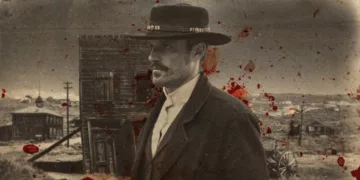



































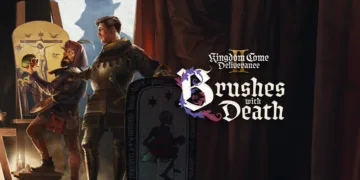




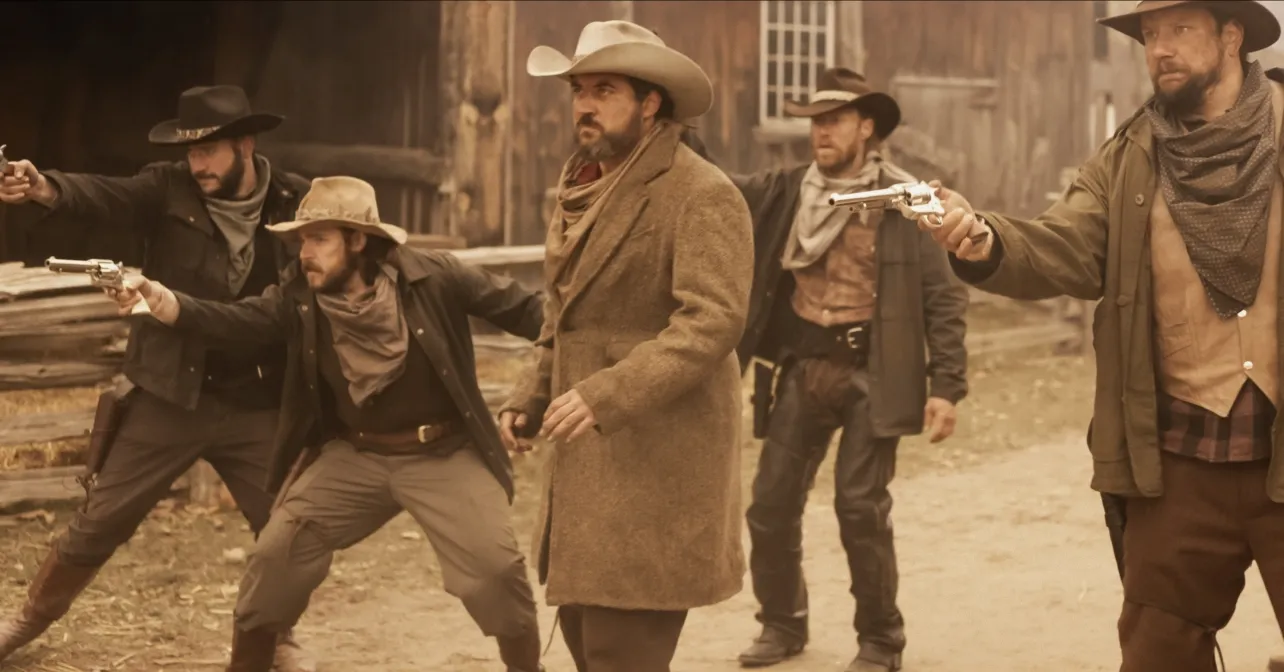
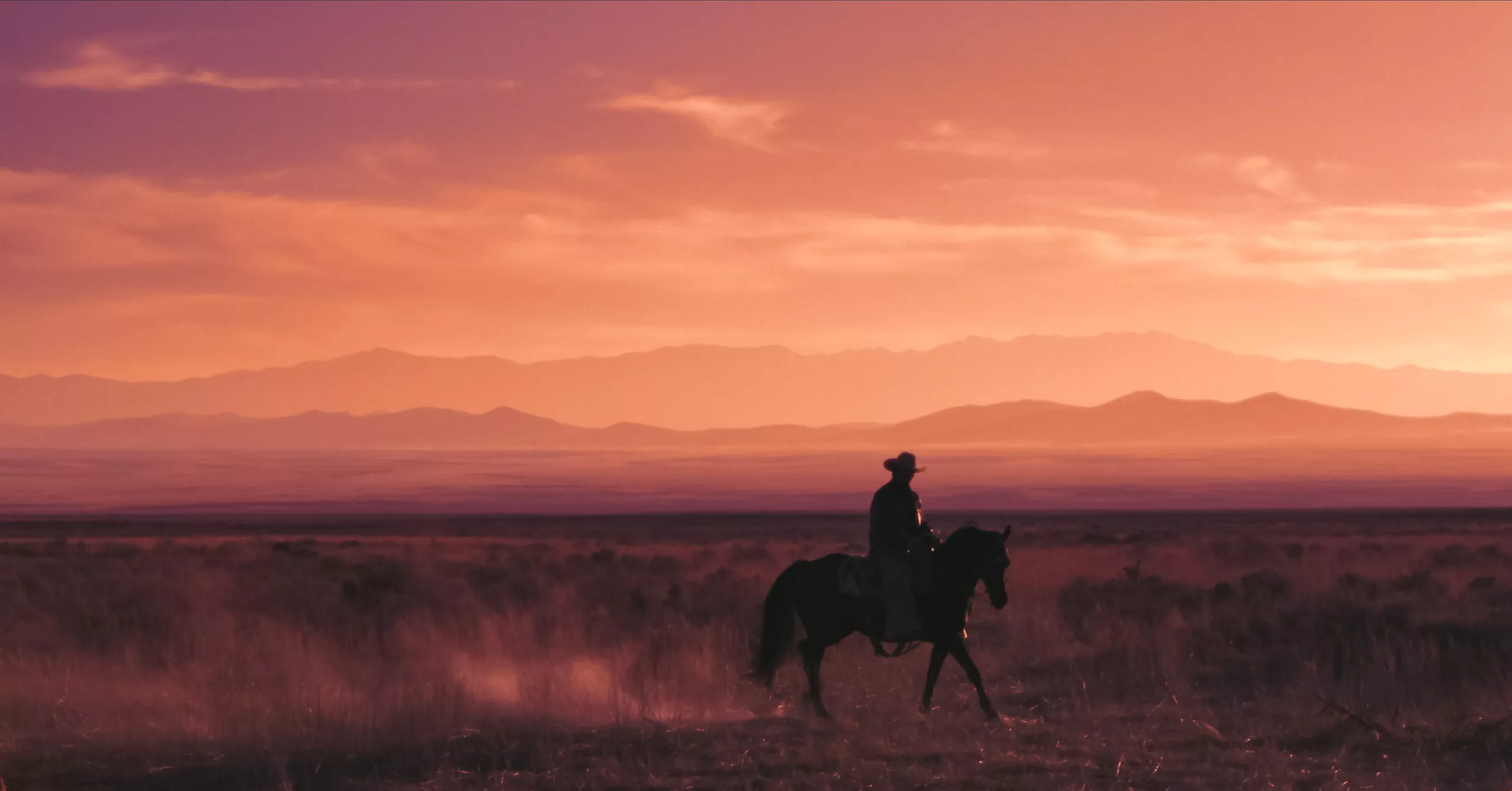
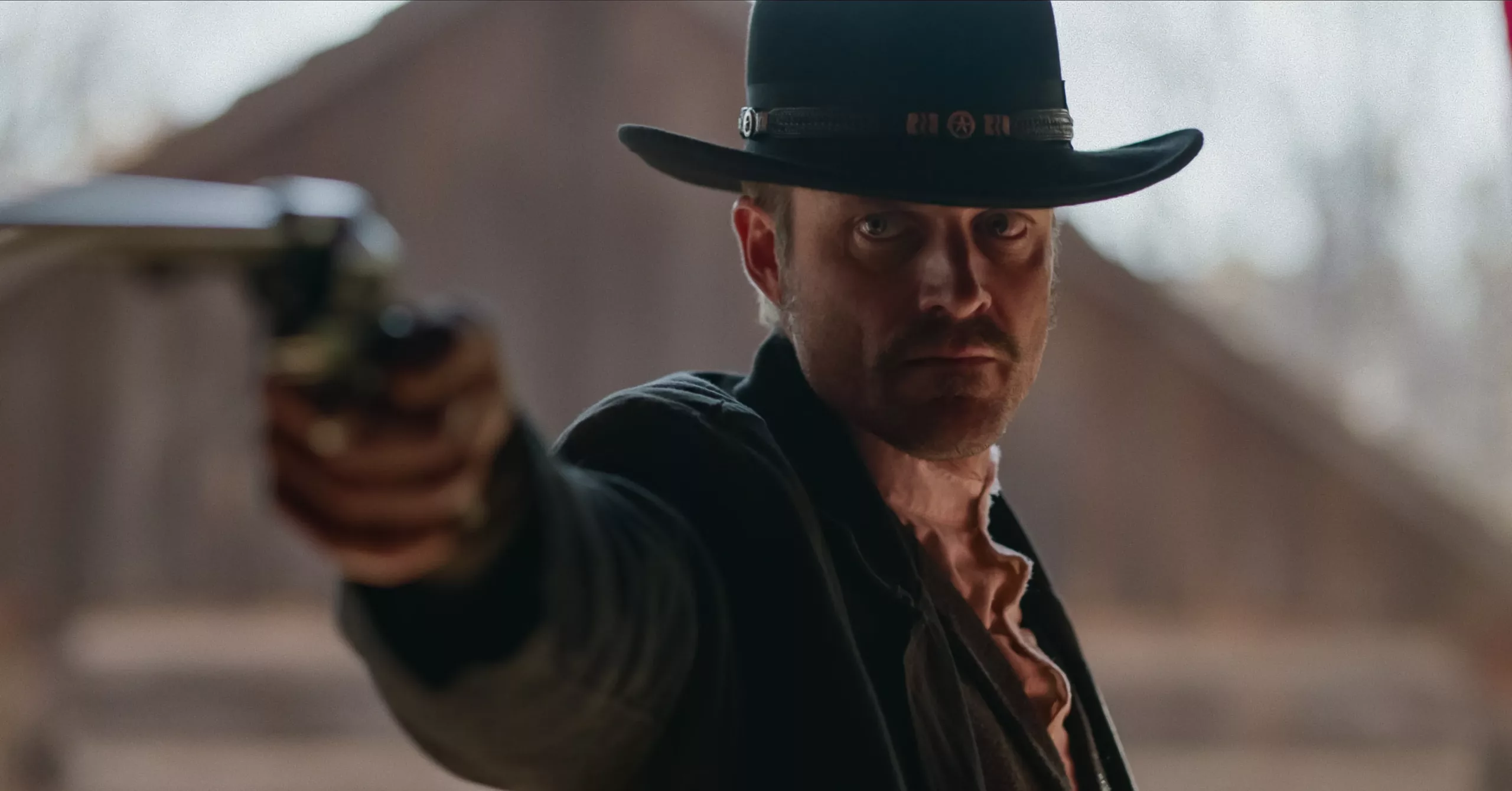
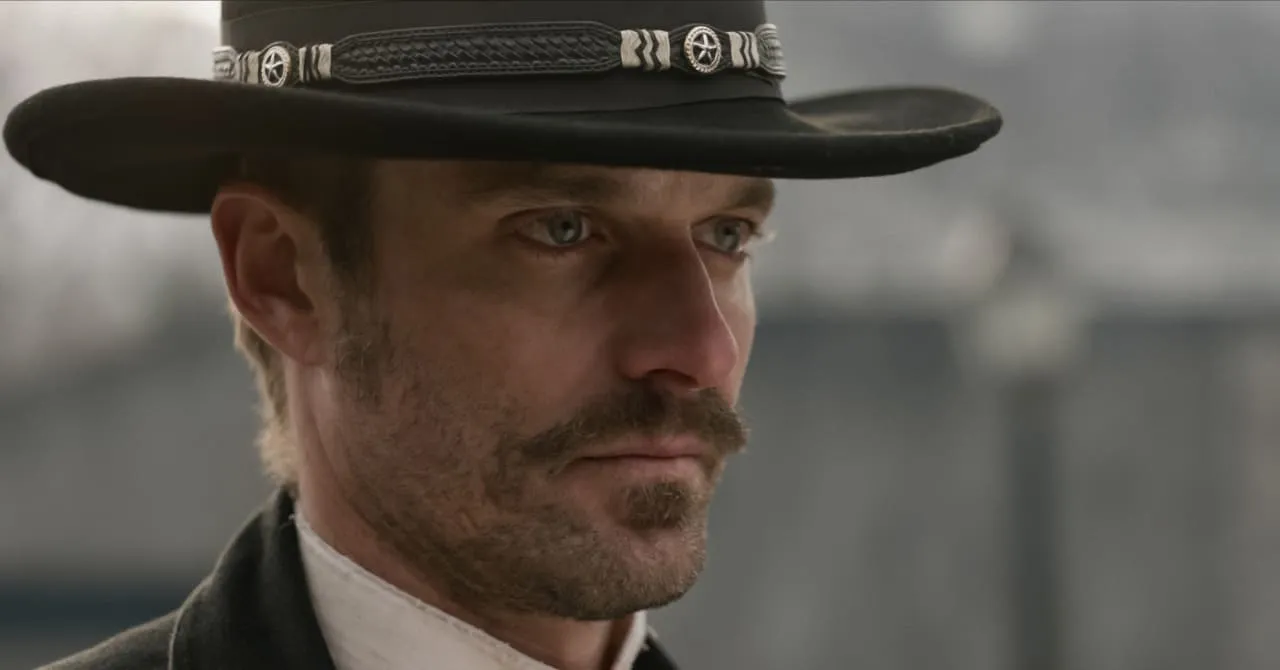
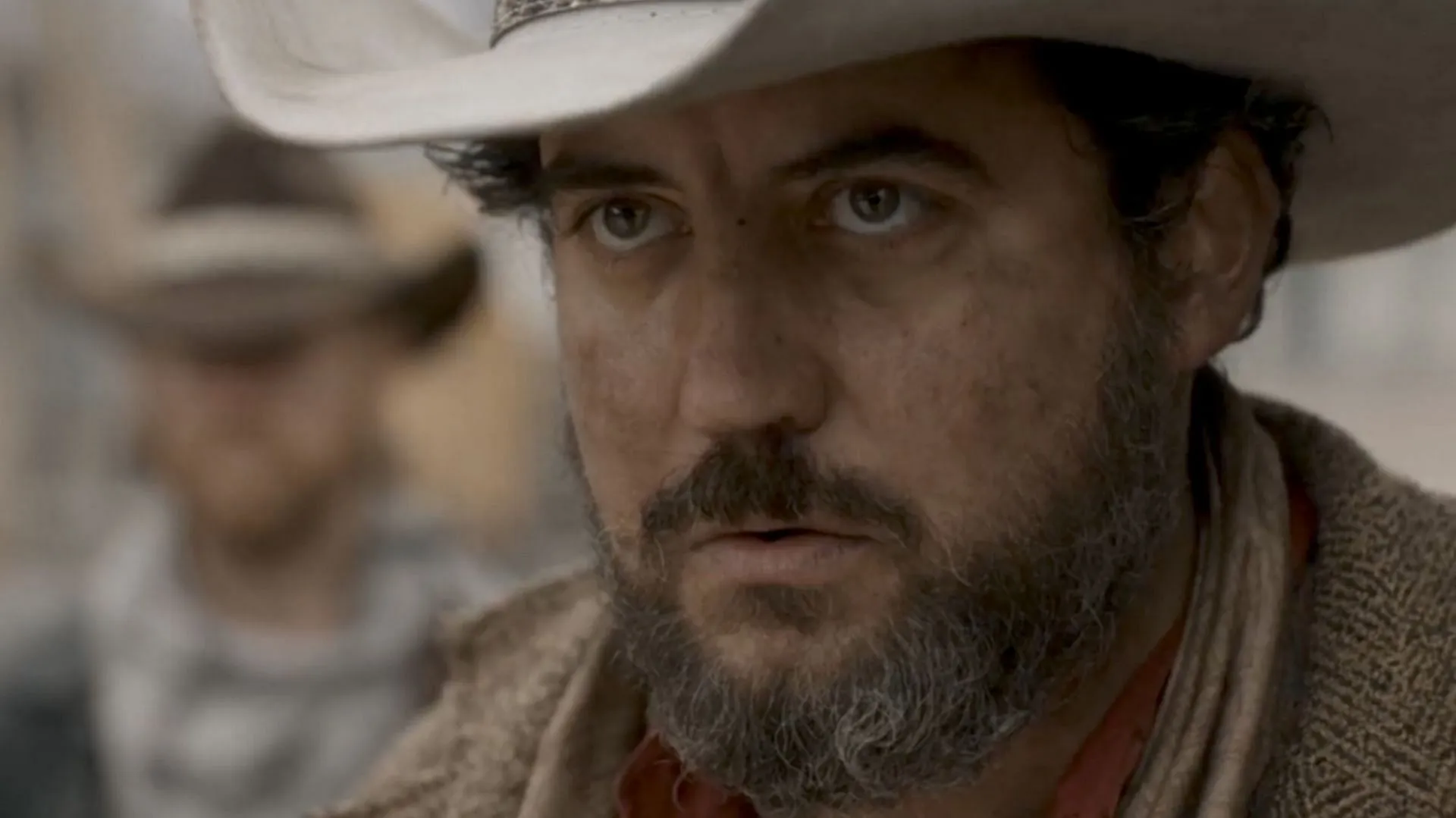



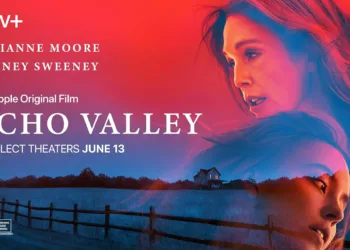




Discussion about this post